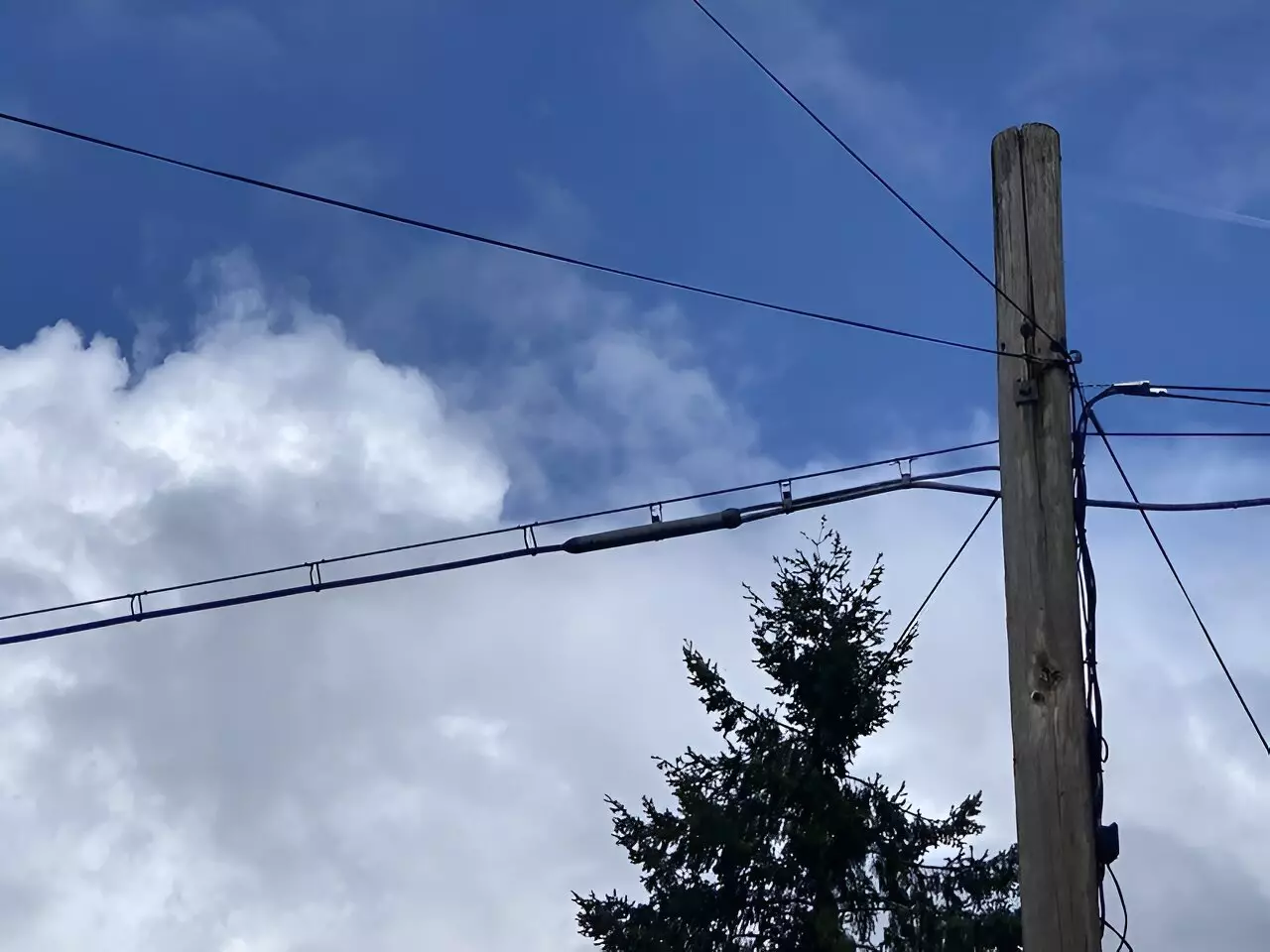The recent study conducted by Alyssa Shiel, an environmental geochemist at Oregon State University, has revealed alarming findings regarding lead levels in urban moss. The research showed that lead levels in moss were as much as 600 times higher in older Portland, Oregon neighborhoods where lead-sheathed telecommunications cables were once used compared to lead levels in nearby rural areas. This stark contrast has raised concerns about potential lead exposure in pre-1960 neighborhoods where the cables were common and even in some cases still remain in place despite not being in use anymore.
Lead is known to be a highly toxic metal, especially harmful to children. Exposure to lead can result in developmental delays, difficulty learning, and behavioral issues. The study’s lead author, Alyssa Shiel, expressed surprise at the results, emphasizing that the majority of samples with high lead levels were found in areas where these old telecom cables were present. The research aims to analyze how the lead is entering the environment, whether people are being exposed to it, and to what extent.
Chemical analysis conducted by the researchers indicated that a significant amount of the lead found in the environment is due to leaded gasoline, which still persists nearly three decades after being banned in the United States. This lingering lead from leaded gas has become a concerning issue that poses health risks to individuals living in affected areas. The study also revealed that some older neighborhoods exhibited much higher lead concentrations, prompting further investigation into potential sources of lead contamination.
In 2023, an investigation by the Wall Street Journal linking lead in older cities to telecommunications cables led to a new line of inquiry for Shiel and her colleagues. Subsequent moss samples collected from older neighborhoods with lead-sheathed telecommunication cables present or removed in recent years unveiled shocking results. These neighborhoods showed more than two times the lead levels of areas without lead cables and over 38 times higher lead levels than those observed in rural areas.
The researchers discovered that the highest concentrations of lead were detected in samples collected within one meter of a lead cable. It is hypothesized that rainwater slowly leaches lead from the cables, allowing it to accumulate in the soil and vegetation, including moss. This contamination can become airborne, spreading lead to areas beyond those directly under the cables. Additional research is required to ascertain how far the lead from the cables may be migrating, with plans in place for soil testing in affected areas.
Alyssa Shiel emphasized the need for further research to fully understand the extent of lead contamination from the cables and its potential health impacts. She stressed that individuals should avoid interacting with or disturbing soil in areas where these cables are present or were previously installed. Shiel has developed a website providing residents with information about the age of different neighborhoods, visuals of old telecom cables, and guidance on reducing the risk of lead exposure.
While lead from telecommunications cables is a significant concern, Shiel highlighted that other sources of lead, such as household dust and soil from lead-based paints, should not be overlooked. It is crucial for parents to discuss lead testing with their child’s health provider if there is a risk of lead exposure. The Centers for Disease Control and Prevention recommend lead testing for children at risk of lead poisoning, underscoring the importance of addressing lead exposure in various forms to safeguard public health.


Leave a Reply